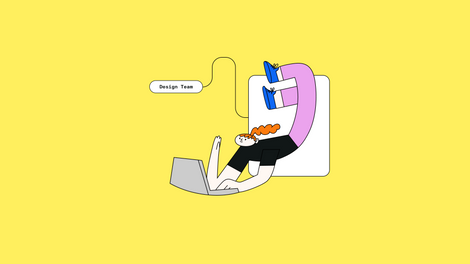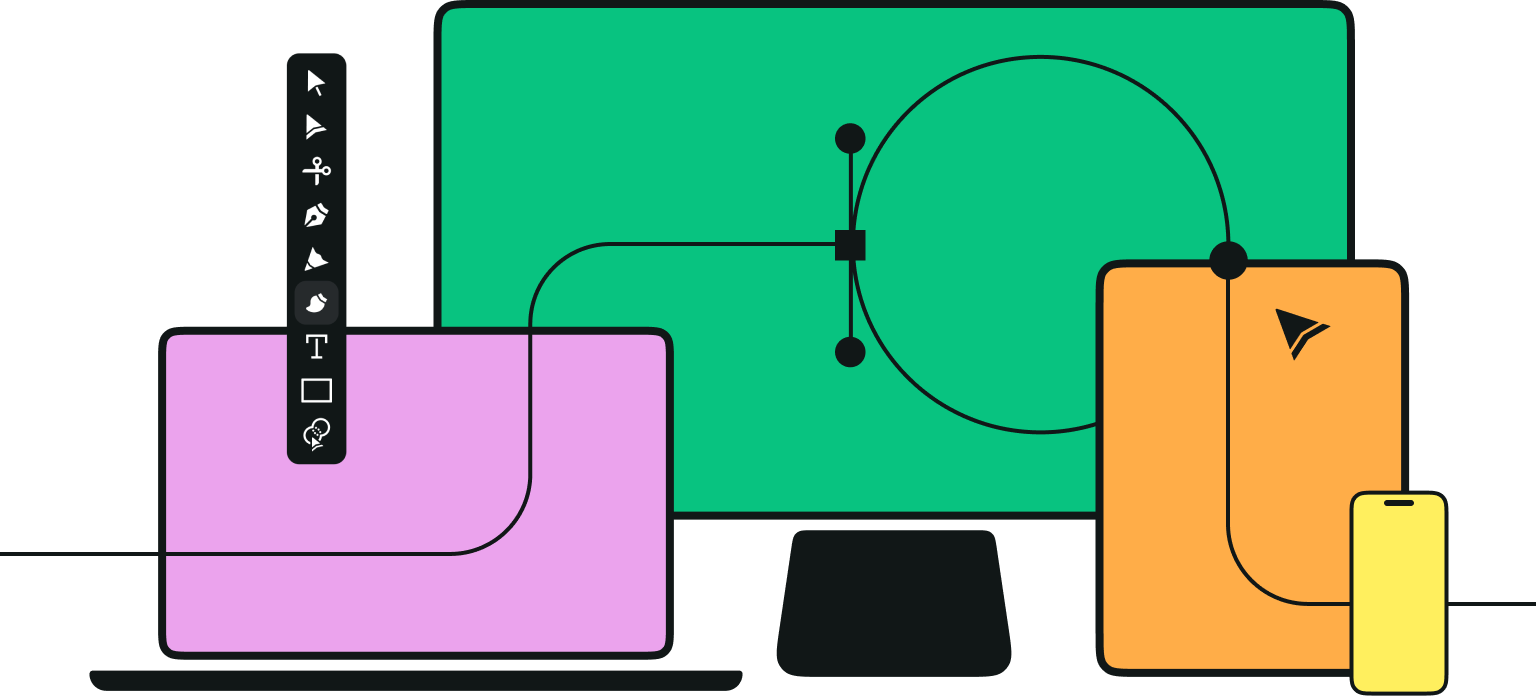Productivity tools have become indispensable for professionals across various fields, especially the ones who are part of a marketing team. Marketing designers, content creators, and animators always look for efficient ways to streamline workflows, foster collaboration, and enhance time management.
That's where productivity tools come into play, offering a range of features and functionalities to help marketing professionals maximize their productivity and accomplish more in less time.
Jumpstart your ideas with Linearity Curve
Take your designs to the next level.
The power of productivity tools
Productivity tools are specialized software applications designed to assist an individual or an entire team in managing their tasks, projects, and overall workload more effectively. These tools go beyond traditional organization methods and offer innovative solutions to boost efficiency, creativity, and collaboration.
By automating repetitive tasks, simplifying complex processes, and providing intuitive interfaces, productivity tools empower professionals to focus on what truly matters: delivering high-quality work.
The benefits for marketing designers, content creators, and animators
As marketing designers, content creators, and animators, the demands of your profession require you to juggle multiple projects, meet tight deadlines, and maintain a high level of creativity.
Here's how productivity tools can specifically benefit you:
Enhanced collaboration
Productivity tools provide a platform for seamless collaboration among team members, regardless of their physical location. Real-time editing, file sharing, and task management features ensure everyone stays on the same page, fostering efficient teamwork.
Streamlined workflow
From brainstorming ideas to finalizing designs, productivity tools offer a range of features tailored to your needs.
They provide intuitive interfaces, templates, and integrations with popular software, enabling you to work efficiently and effectively.
Time management
You can maintain focus and increase productivity by breaking down projects into smaller, manageable tasks and utilizing time management tools and techniques like the Pomodoro Technique.
Creative freedom
Many productivity tools come with built-in design elements, libraries, and templates, allowing marketing designers, content creators, and animators to unleash their creativity without starting from scratch. These tools provide a wealth of resources that inspire fresh ideas and accelerate the design process.
Now, let’s delve into the top 20 productivity tools for 2023. We are going to explore their unique features, benefits, and how they can help you not only maximize your time and productivity, but also revolutionize your workflow and empower you to achieve your professional goals.
Top 20 productivity tools for 2023
1. Linearity Curve (formerly Vectornator)
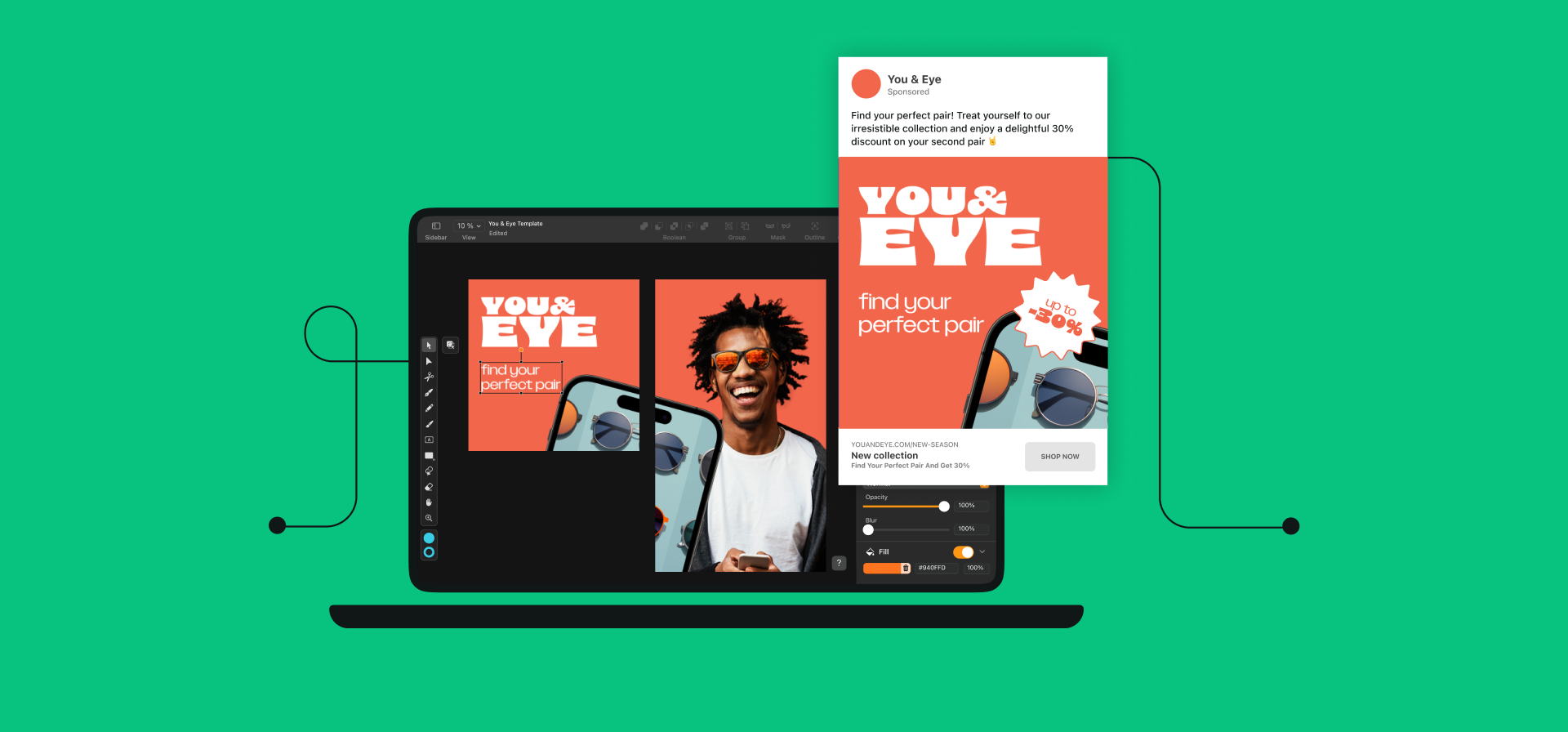
This powerful tool can help you jumpstart your ideas and design anything you can imagine.
Linearity Curve's many collaboration and automation tools enable seamless teamwork, allowing marketing designers and content creators to work together on projects in real-time, making it an ideal choice for remote teams.
Here are 7 ways you can boost your productivity with Linearity Curve:
- Turn rasters into vectors with Auto Trace
- Cut corners with Background Removal
- Speed through with gesture controls or keyboard shortcuts
- Customize your Action Bar
- Quickly find images with our built-in Unsplash integration
- Choose from our ready-made Artboard sizes
- Save time with content-aware tools
Read more about each tried-and-tested productivity tip.
Vectornator is Now Linearity Curve
Your favorite design tool has evolved! Discover the new name and look with the same powerful features you love.
2. Trello

Trello is a popular project management tool that helps individuals and teams stay organized.
Its visual boards, lists, and cards enable you to track tasks, set deadlines, and collaborate with ease. Trello's flexibility and user-friendly interface make it a go-to tool for managing projects efficiently.
3. Asana

Asana is a comprehensive project management tool that simplifies task management, team collaboration, and project tracking.
It provides a centralized hub for organizing and prioritizing tasks, assigning responsibilities, and tracking progress. With extra features like Kanban boards and customizable workflows, Asana empowers teams to work efficiently and achieve their goals.
4. Slack

While it might be very well the case that some companies use their own communication platform, Slack is still one of the most popular tools for real-time messaging.
Slack revolutionized team communication by offering a centralized platform where everyone can stay up to date instantly, share files, and collaborate even closer.
Slack’s channels and integrations streamline communication, reducing reliance on email and enabling faster decision-making.
Its search capabilities, notifications, and seamless integration with other productivity tools make it an essential tool for effective team collaboration.
5. Monday.com

Monday.com is a versatile team management and collaboration platform that helps teams streamline their workflows. It offers customizable boards, automation features, and integration options, making it adaptable to various project management styles.
Monday.com simplifies task management, progress tracking, and team communication, enabling teams to work together seamlessly.
6. Google Workspace

Google Workspace (formerly G Suite) is a suite of tools (cloud-based productivity tools) that includes Google Calendar, Google Docs, Google Sheets, Google Slides, and Google Drive.
These tools provide a collaborative environment for creating and editing documents, spreadsheets, and storing files securely. Google Slides are also perfect if you’re looking to create a polished presentation.
7. Evernote

Evernote is a versatile note-taking tool that helps you capture ideas, create to-do lists, and organize information. Its cross-platform functionality and intuitive interface make it an excellent tool for staying organized and increasing productivity.
With features like tagging, searchability, and synchronization, Evernote keeps your thoughts and important information easily accessible.
8. Adobe Creative Cloud

Adobe Creative Cloud is a suite of software for graphic design, video editing, photography, and more. With applications like Photoshop, Illustrator, Premiere Pro, and After Effects, Adobe Creative Cloud offers a wide range of creative possibilities.
Its integration with other Adobe tools and cloud-based asset management streamlines the design process and enhances collaboration for creative professionals.
9. Notion

Who isn’t using Notion these days? This powerful workspace tool combines note-taking, project management, and knowledge-base functionalities. It allows you to create flexible and customizable pages to organize your tasks, documents, and ideas.
Notion's blocks-based system enables you to create rich content with text, images, tables, and more. It promotes efficient teamwork and knowledge sharing with real-time collaboration and seamless integration with other tools.
10. Airtable
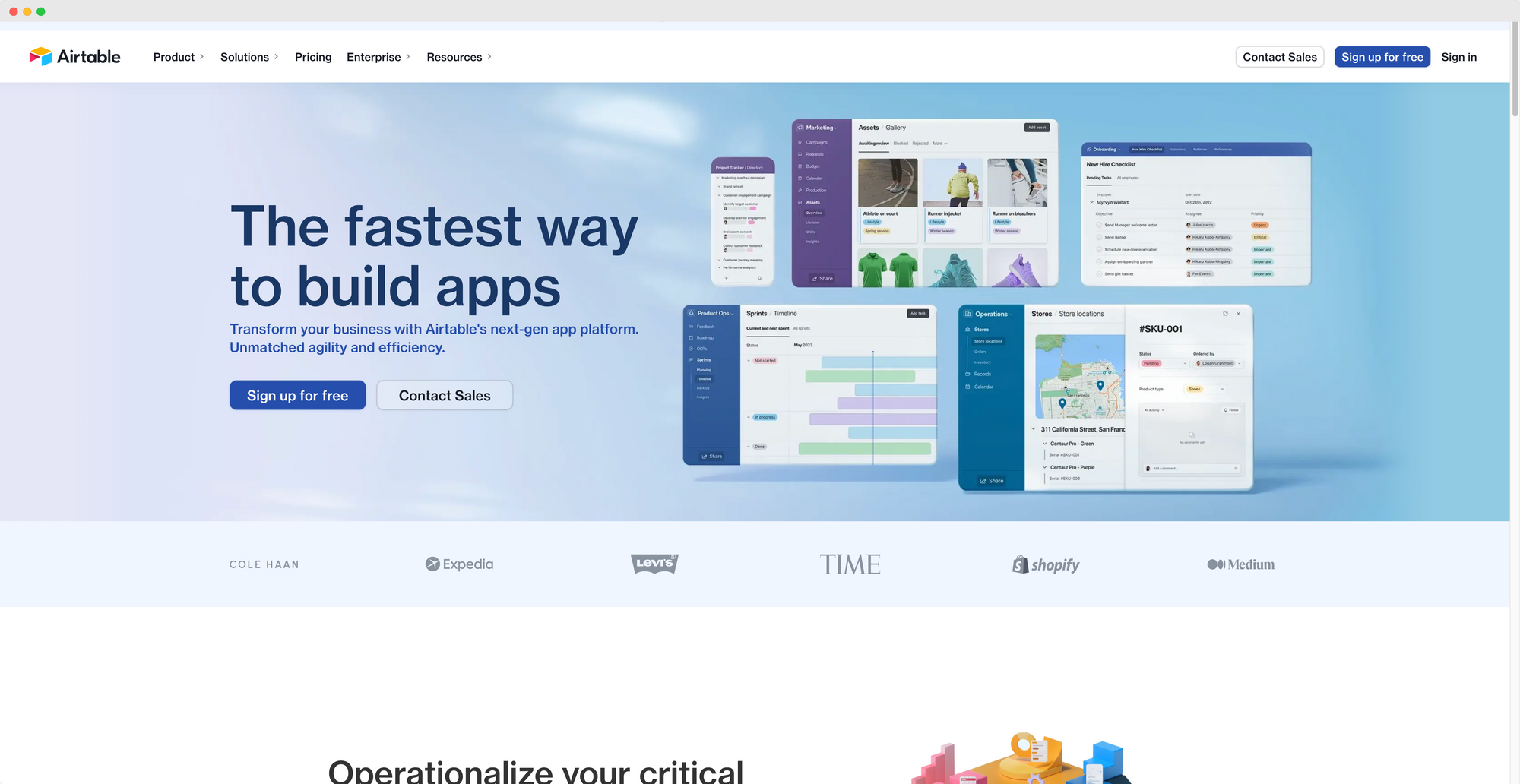
It combines the familiarity of a spreadsheet with the functionality of a database, allowing you to create custom workflows, collaborate with team members, and automate repetitive tasks.
Ready to create brand assets that pack a punch?
Visit our Academy for free marketing design courses.
Airtable's customizable views, extensive integrations, and rich data visualization options make it a top choice for managing complex projects and processes.
11. Dropbox

Dropbox is a cloud storage and file synchronization service that simplifies file sharing and collaboration.
It provides a secure and centralized location to store files, making them accessible anywhere. With features like file versioning, team folders, and granular permissions, Dropbox enhances team collaboration and ensures data integrity.
12. Todoist

Todoist is a popular task management tool that helps individuals and teams stay organized and focused. It allows you to create and prioritize tasks, set deadlines, and track progress.
With features like labels, filters, and reminders, Todoist enables efficient task management and promotes productivity.
13. Basecamp

Basecamp is a comprehensive project management and team collaboration platform. It offers features like to-do lists, message boards, schedules, and document sharing, all within a centralized interface.
Basecamp's simplicity and focus on communication make it an effective tool for streamlining projects and fostering collaboration.
14. Zoom

Zoom is a leading video conferencing and online meeting platform that enables seamless communication and collaboration.
With features like high-quality video and audio, screen sharing, and chat functionality, Zoom facilitates remote meetings and virtual collaboration. It has become an essential tool for teams working remotely or across different locations.
15. Grammarly

Grammarly is a writing assistant that helps improve writing clarity, grammar, and style. It offers real-time suggestions and checks for spelling, punctuation, and grammar errors.
Its browser extension, desktop app, and integrations with other writing tools make Grammarly a valuable tool for content creators and writers.
16. Harvest
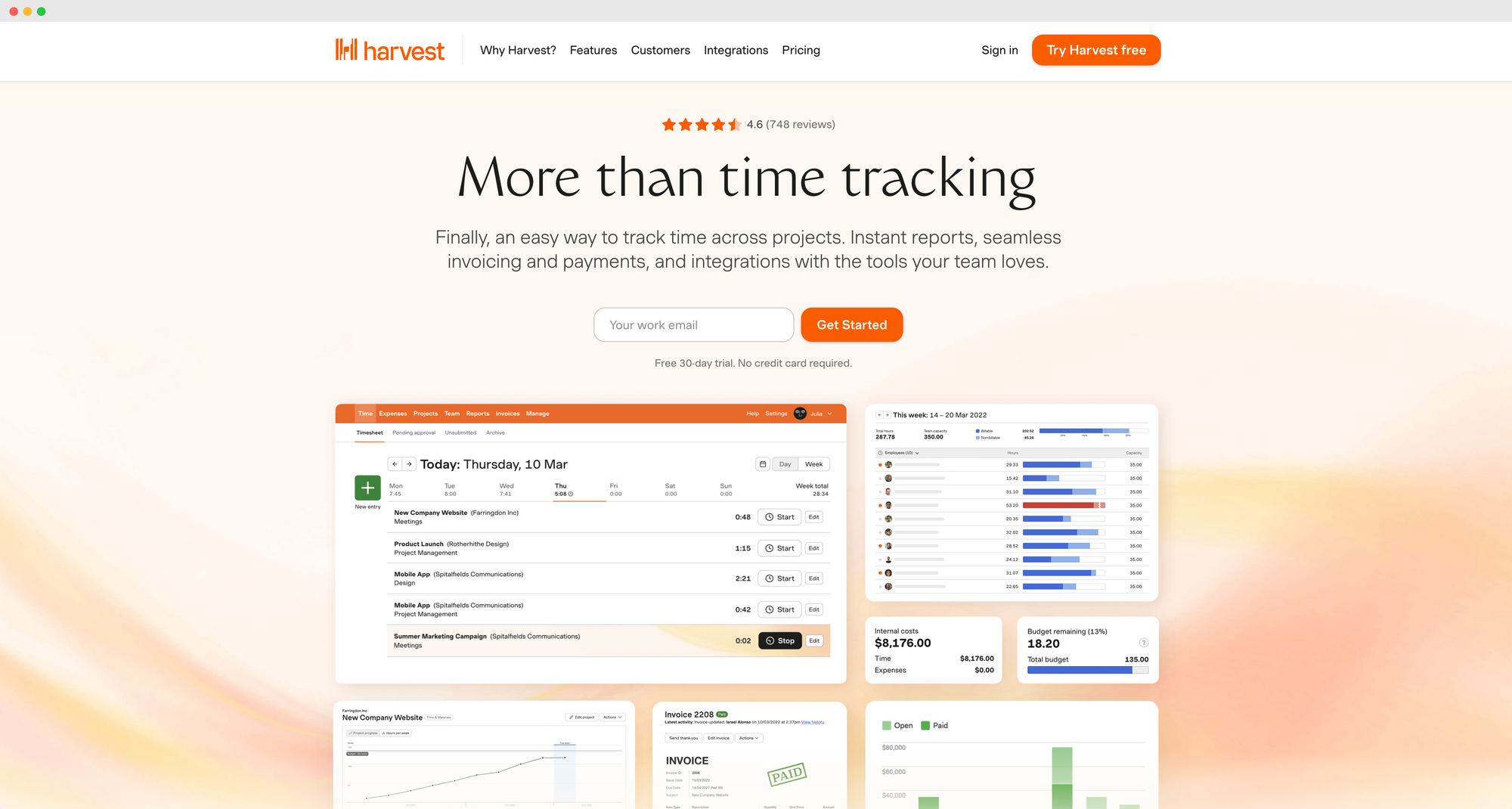
Harvest is a time-tracking and invoicing software that helps individuals and teams monitor their time and manage projects. It allows you to track time spent on tasks, create detailed timesheets, and generate accurate invoices.
Harvest's integration with project management tools and powerful reporting capabilities make it a valuable productivity tool for freelancers and teams.
17. Calendly

Calendly is a scheduling tool that simplifies the process of setting up meetings and appointments. It eliminates the back-and-forth of finding mutually available time slots by providing a personalized scheduling page where participants can choose their preferred meeting time.
Calendly integrates with calendar applications and sends automated reminders, saving time and streamlining scheduling.
18. Miro

Miro is a collaborative online whiteboard platform that enables teams to ideate, brainstorm, and visualize their ideas. It offers a virtual canvas where team members can create and share content, including sticky notes, drawings, diagrams, and more.
Miro's real-time collaboration, extensive template library, and integration with other productivity tools make it invaluable for visual collaboration and team creativity.
19. Figma

Figma is a cloud-based design and prototyping tool that facilitates collaboration among designers and stakeholders. It allows multiple users to work on the same design file simultaneously, enabling real-time collaboration and feedback.
With its robust design features, interactive prototyping capabilities, and seamless handoff to development, Figma empowers design teams to create and iterate efficiently.
20. Zapier

Zapier is an automation tool that connects various apps and enables them to work together seamlessly. It allows you to create automated workflows (called Zaps) that trigger actions between different apps.
With Zapier, you can automate repetitive and routine tasks, integrate data across platforms, and streamline your workflow. Its extensive library of integrations and user-friendly interface make it a valuable tool for automating processes and improving productivity.
Key considerations for productivity tools
When selecting the right productivity tools for your workflow as a marketing designer, content creator, or animator, it's essential to consider various factors that align with your specific needs and goals.
Not all tools are created equal, and finding the perfect fit can significantly impact your and your team’s productivity and efficiency. Here are some key considerations to keep in mind:
1. Compatibility and integration
Before committing to a productivity tool, ensure that it seamlessly integrates with your existing software and workflow.
Consider whether the tool integrates with popular design software, project management platforms, and communication tools you commonly use. This compatibility ensures a smooth transition and minimizes disruptions in your workflow.
2. Scalability and flexibility
As your projects and team grow, it's crucial to choose a productivity tool that can scale with your needs. Look for tools that offer flexible pricing plans or subscription models that accommodate team expansion.
Consider whether the tool allows customization and offers key features that align with your unique workflow and requirements.
3. User interface and experience
A user-friendly interface and intuitive user experience are paramount in maximizing productivity. Productivity tools should enhance your workflow, not hinder it. Look for tools with clean and organized interfaces, customizable layouts, and easy-to-navigate menus.
A well-designed interface saves time and reduces the learning curve, enabling you to focus on your work.
4. Collaboration features
Collaboration lies at the heart of successful team projects. Evaluate the collaboration features offered by productivity tools. Effective collaboration eliminates bottlenecks, streamlines feedback loops, and promotes efficient teamwork.
Look for features like real-time editing, commenting, and version control that facilitate seamless communication and collaboration among team members.
Master Vector Editing with Linearity Curve
Unlock the full potential of vector editing in Linearity Curve for Mac. Explore our comprehensive guide to refine your skills and elevate your design work.
5. Security and data privacy
Data security and privacy are crucial considerations when choosing productivity tools, especially when handling sensitive client information or proprietary designs.
Ensure that the tool implements robust security measures, such as data encryption and secure cloud storage. We also recommend reviewing their data privacy policies to understand how your information is stored and protected.
6. Customer support and resources
Inevitably, questions and issues may arise while using productivity tools. Evaluate the level of customer support provided by the tool's developers or company.
Try contacting their customer support, look for resources like knowledge bases and tutorials before making a purchase. Prompt and helpful customer support can save you time and frustration when facing technical difficulties or seeking guidance.
7. Reviews and recommendations
To gain insights into the effectiveness of a productivity tool, read reviews and seek recommendations from trusted sources within your industry.
Pay attention to feedback from professionals who share similar roles or workflow requirements. Real-life experiences can provide valuable insights and help you make an informed decision.
8. Cost and value for money
While productivity tools can be an investment, it's essential to consider the value they bring to your work and team collaboration. Evaluate the cost in relation to the features, functionality, and time-saving potential offered by the tool.
Remember that the most expensive tool may not always be the best fit for your specific needs. Assess the value for money and consider the return on investment in terms of increased productivity and efficiency.
By considering these key factors when choosing productivity tools, you can ensure that the tools you select align with your requirements, enhance your workflow, and maximize your productivity.
The right tools can be transformative, enabling you to focus on your craft and achieve outstanding results.
10 practical tips for maximizing productivity
Now, let’s explore 10 practical tips that can help you make the most of your time and optimize your workflow.
From managing distractions to prioritizing tasks, these tips will empower you to achieve peak productivity.
Tip 1: Set clear and attainable goals
Goal-setting is an essential practice for enhancing productivity. Start by defining clear and specific goals within a given timeframe. Break down larger goals into smaller, actionable tasks to make them more manageable and less overwhelming.
By having a clear roadmap, you can stay focused, motivated, and measure your progress along the way.
Tip 2: Prioritize your tasks
Prioritization is key to focusing your time and energy on the most important and impactful activities. One effective method is using the Eisenhower Matrix, which categorizes tasks into four quadrants based on their urgency and importance.
By identifying and tackling high-priority tasks first, you can make significant strides toward your goals.
Tip 3. Practice time blocking
Time blocking is a technique that involves allocating specific time slots for different activities or tasks. By dedicating focused blocks of time to specific work or projects, you create a structured schedule that minimizes distractions and promotes deep work.
Use productivity apps or calendar tools to visually block out your day and allocate time for essential tasks, meetings, and breaks.
Tip 4. Optimize your workspace
A well-organized and clutter-free workspace can have a significant impact on your productivity. Keep your physical and digital environments tidy and create a system for organizing files, documents, and tools.
Personalize your workspace with elements that inspire and motivate you. A clean and optimized workspace sets the stage for a focused and productive mindset.
Tip 5. Minimize distractions
Take proactive steps to minimize distractions during dedicated work periods. Silence or turn off notifications on your devices, close unnecessary tabs or applications, and establish boundaries with colleagues or family members to minimize interruptions.
Consider using website blockers or productivity apps that help you stay focused and limit access to distracting websites or social media platforms.
Tip 6. Practice the Pomodoro Technique
The Pomodoro Technique is a time management method that involves working in focused sprints with short breaks in between.
Try setting a timer for a specific work interval, typically 25 minutes, and fully immerse yourself in the task at hand.
Once the timer goes off, take a short break of 5 minutes before starting the next sprint. After completing a few cycles, take longer breaks (15-30 minutes).
Tip 7. Delegate and collaborate
Asking for help is not a crime. Recognize that you don't have to do everything on your own.
Delegate tasks that can be handled by others and leverage the expertise and strengths of your team members.
Collaboration tools, such as project management platforms or communication apps, facilitate effective teamwork and streamline workflows. By sharing the workload and collaborating efficiently, you can save time and achieve better outcomes.
Tip 8. Take breaks and practice self-care
While it may seem counterintuitive, taking regular breaks is crucial for sustained productivity. Allow yourself short breaks throughout the day to recharge, stretch, or engage in activities that help clear your mind.
Taking care of your physical and mental well-being is essential for maintaining high productivity levels and avoiding burnout.
Tip 9. Use productivity apps and tools
The productivity tools mentioned earlier are specifically designed to boost your and your team’s productivity. Explore different options and find the ones that align with your needs and preferences.
We also recommend testing them with your team and seeing how helpful and intuitive the tools are. After all, you would like the whole team to use them instead of a few people.
Tip 10. Continuously learn and improve
Productivity is not a one-time achievement but an ongoing journey. Continuously seek opportunities to learn new strategies, techniques, and tools that can further optimize your productivity.
Stay updated with industry trends and best practices through online courses, webinars, or books. Adopting a growth mindset and embracing a mindset of continuous improvement is the way to go.
Key takeaways
Now that we have explored several tools and strategies to maximize efficiency and collaboration, it’s time to recap some key points discussed and highlight the significance of incorporating these productivity tools into your daily workflow.
Whether you need to manage files and documents, schedule tasks and appointments, or streamline communication, the right tools can significantly improve your work efficiency.
Tools like Google Drive provide a reliable platform for file storage and collaboration, while email accounts remain indispensable for effective communication and sharing of project updates.
Time management is another crucial aspect. To gain valuable insights into how you allocate your time and identify areas for improvement, utilize time-tracking tools and time-management software that work for you and your team.
When it comes to design work, leveraging design tools with advanced features can elevate your creative process.
Look for tools that offer productivity features such as templates, asset libraries, and collaboration capabilities to enhance your creative output, such as Linearity Curve.
Project management software is another indispensable category of productivity tools. You will need to incorporate project management software into your tech stack to streamline all your project workflows, improve team communication, and ensure timely project delivery.
While exploring the tools above and additional options available, keep an eye out for advanced features and extra capabilities that can further enhance your workflow.
From Linearity Curve, which helps equip marketing teams with the power to create beautiful design content, to Google Workspace for enhanced productivity and team collaboration, there are tools catering to every aspect of your daily tasks.
Integrating productivity tools into your work routine can revolutionize the way you collaborate, manage time, and produce high-quality output.
Be proactive in finding the right tools that complement your unique requirements and work style. Embrace the features, functionalities, and benefits these tools offer, whether it's streamlining your email campaigns, optimizing your design process, or managing projects effectively.
Ready to boost productivity?
Jumpstart your ideas with Linearity Curve
Take your designs to the next level.
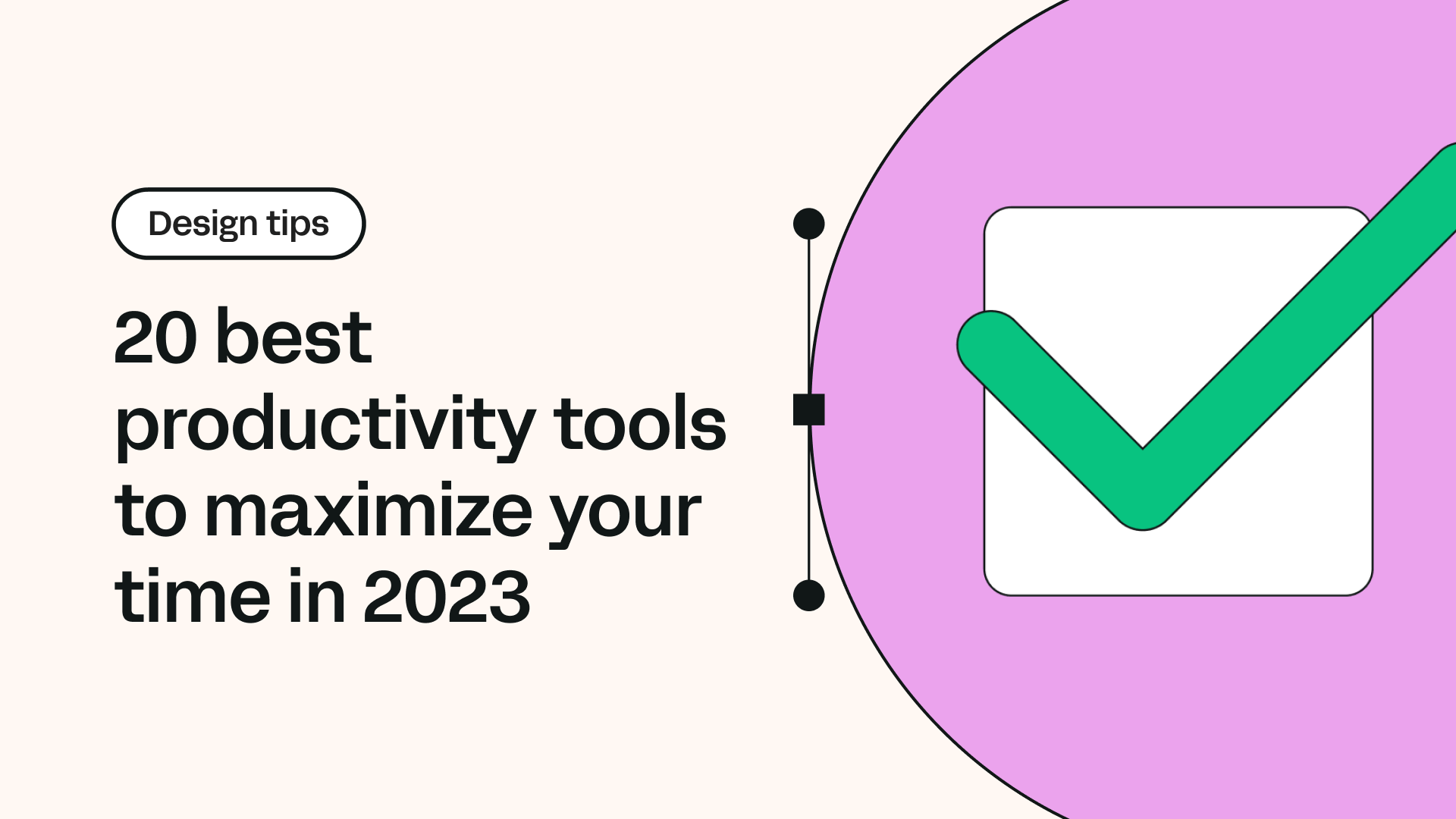
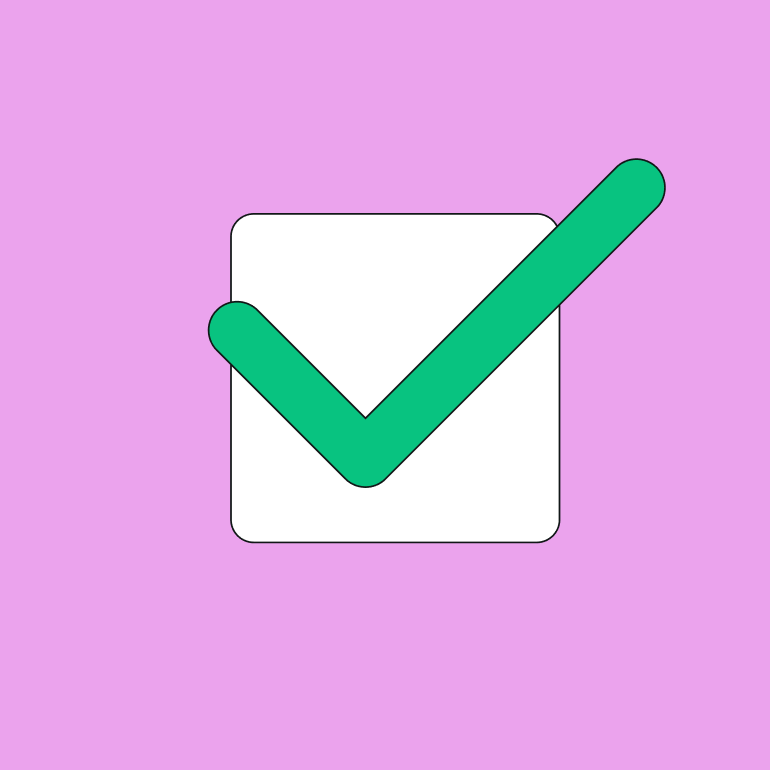
Share this!
Juxhina Malaj
Juxhina is a contributing writer to the Linearity Blog.


:quality(75))
:quality(75))



:quality(75))
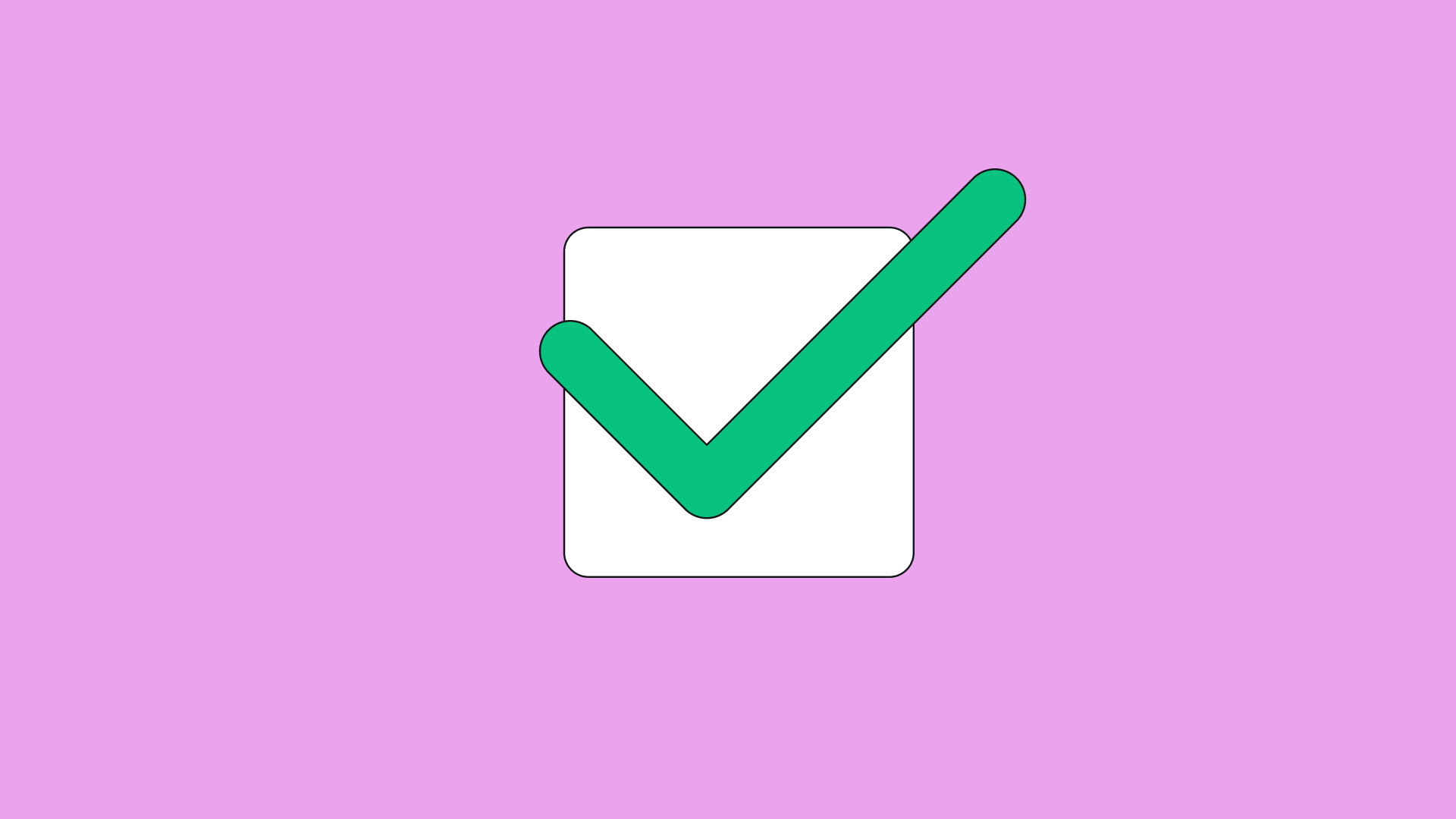
![Design the perfect marketing automation workflow [with examples] | Linearity](/blog/content/images/size/w470/2023/07/marketing-software-NewBlogCover.png)
